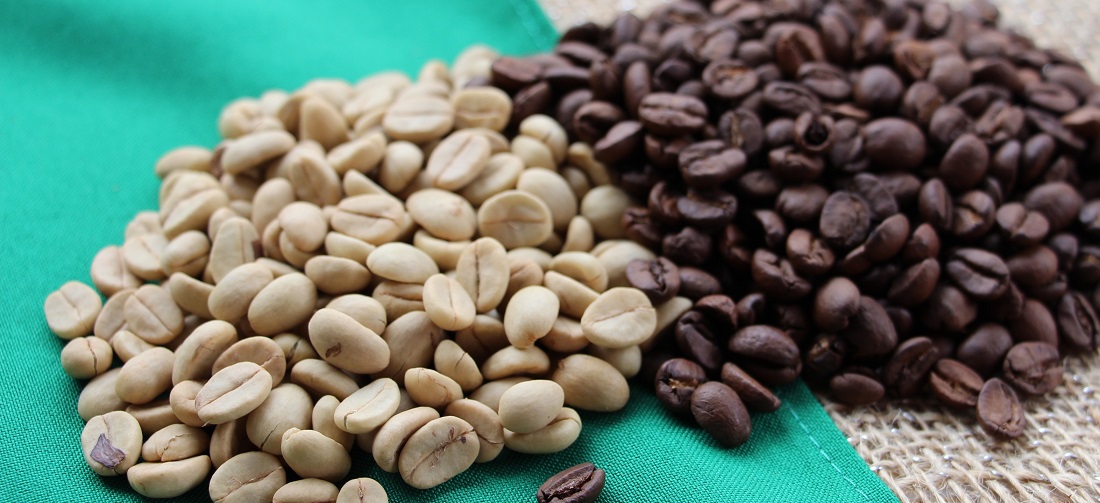
Brazilian coffee quality suffers due to climate
Jul, 30, 2019 Posted by datamarnewsWeek 201932
Brazil is producing less high quality coffee this year because of the unusual weather, despite a good Brazilian overall crop.
According to market traders, Brazil’s fine beverages for August’s shipment are being traded 4 cents above New York futures. In general, they have a discount of 5 to 9 cents compared to the reference contract.
According to Reuters, the various flowering in Brazil’s crops has raised concerns about the quality of the current crop. The weather was bad near the time of harvest and off-season rains caused cherries to fall, reducing the overall quality of the coffee.
One of the side effects of the problem will be a higher production of lower quality coffees, weaker drinks, and Rio or Riado types, which many roasters use to blend. For farmers already facing historically low prices, the added impact of selling lower quality coffee will only add to the problem.
Soluble coffee exports rise 9.6%
On one hand, high-quality Brazilian coffee has been facing challenges, on the other hand, exports of instant coffee grew 9.6% in the first half of 2019 compared to the same period of 2018. The information is from the Brazilian Association of Soluble Coffee (Abics).
According to the entity, 1.86m bags of 60 kg of coffee were exported in the first six months of 2019, compared to 1.70m in the first six months of 2018.
In foreign exchange revenue, however, the performance was 3.8% lower than in the first half of 2018, yielding US$274.7m in the first half of 2019.
The main destinations of Brazilian instant coffee were Asia, North America, and the European Union, in that order.
Source: Reuters and Abics
-
Ports and Terminals
Jun, 27, 2019
0
Cargo movement at Santos sets new record for May
-
Coffee
Apr, 11, 2019
0
Brazil ships 14.2% more green coffee in March
-
Coffee
Jul, 04, 2019
0
Cold climate raises coffee prices
-
Coffee
Mar, 13, 2019
0
Brazil’s coffee exports to reach a record 40m bags – Cecafé



